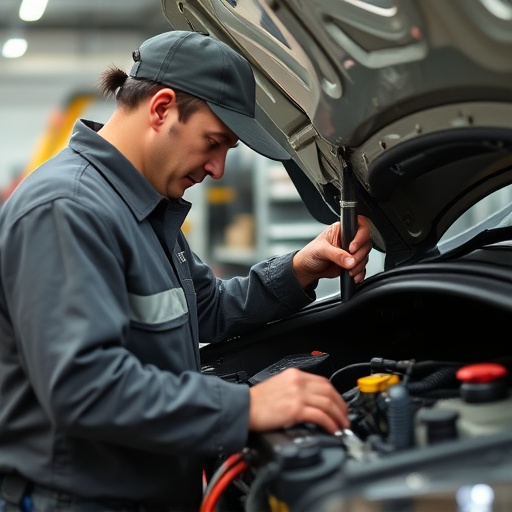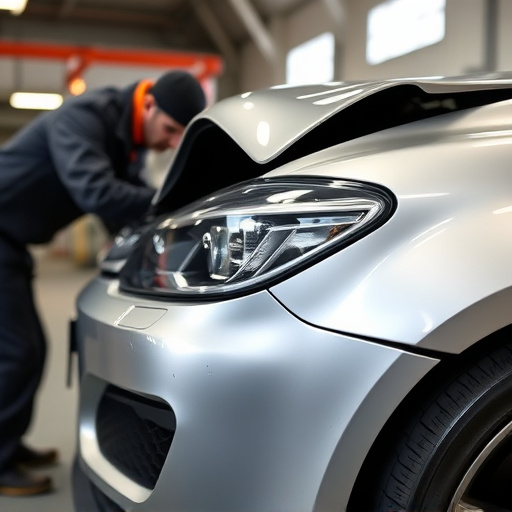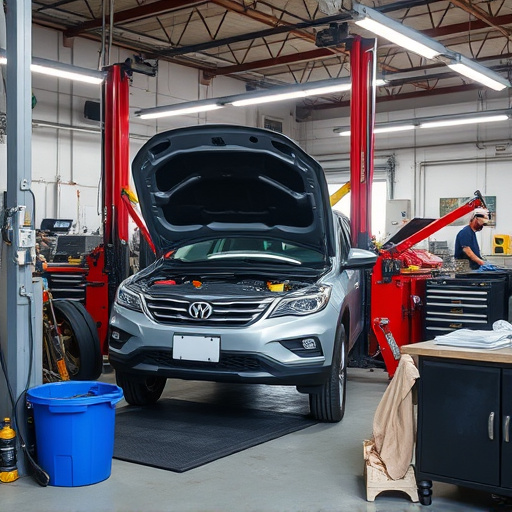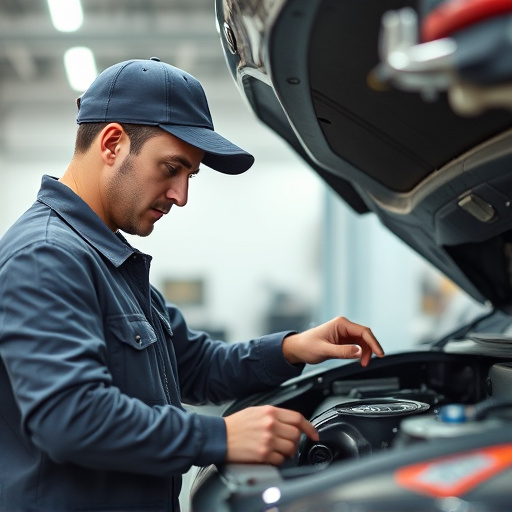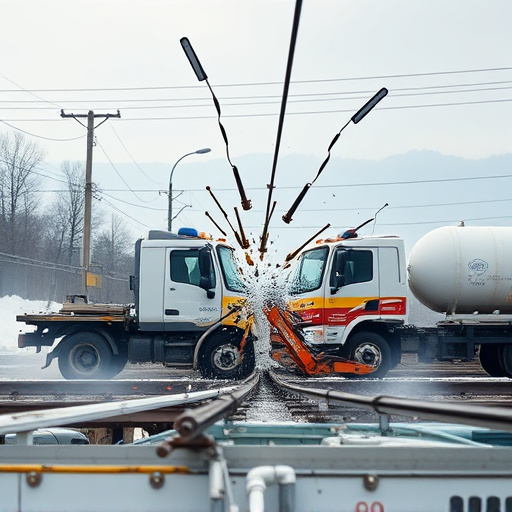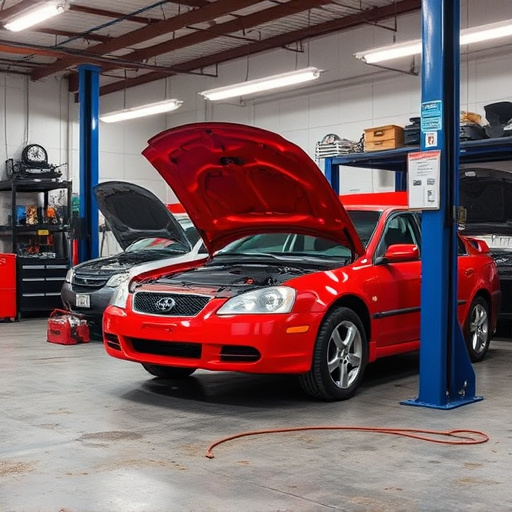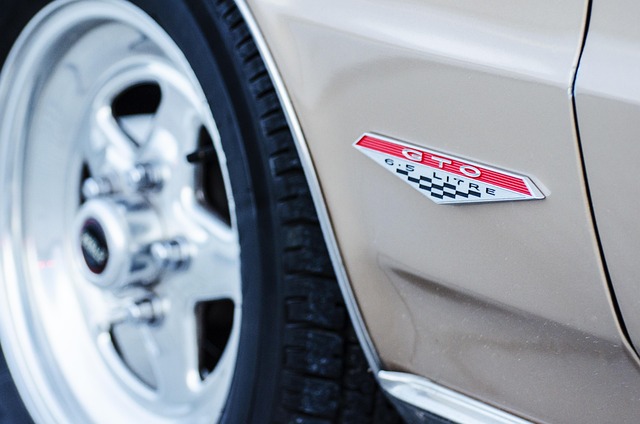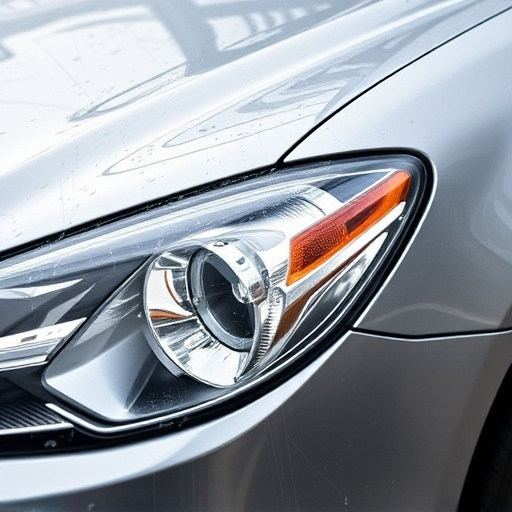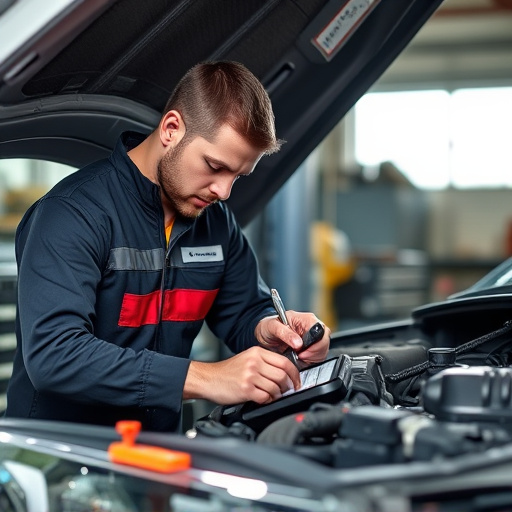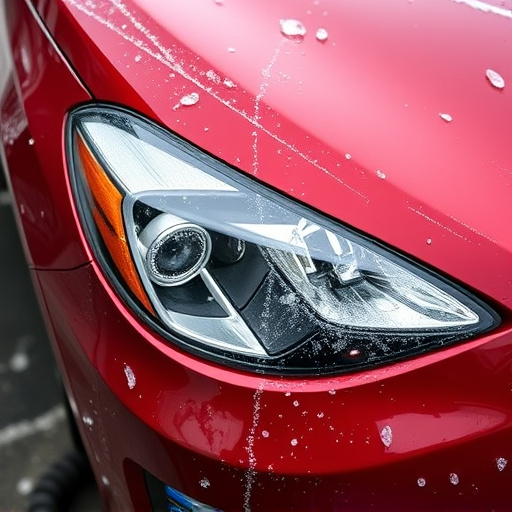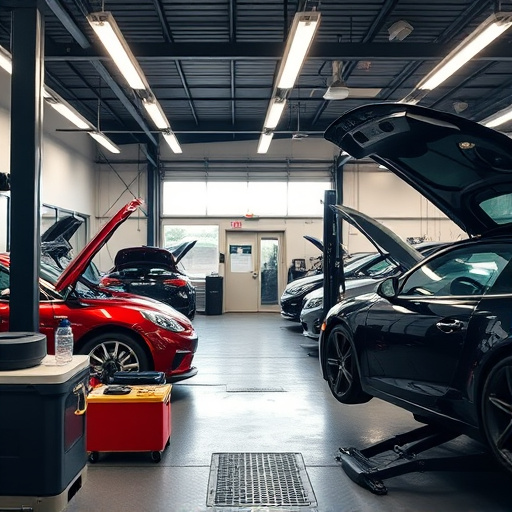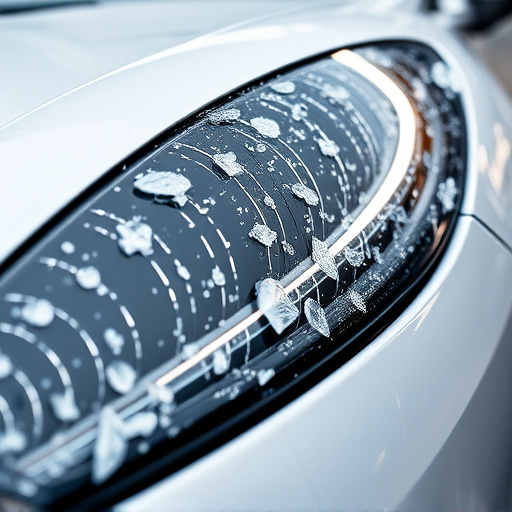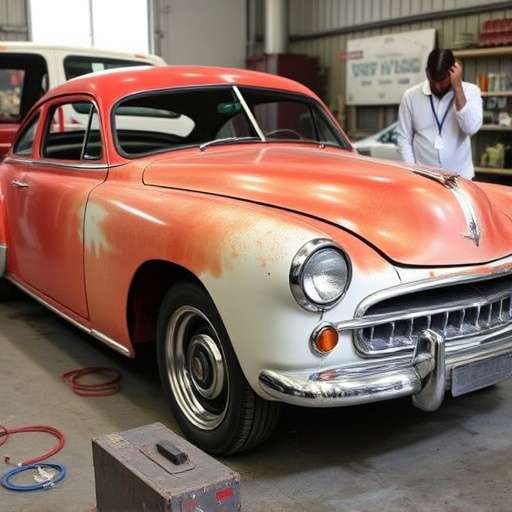Color sanding and buffing are vital auto painting techniques for achieving flawless finishes. Common challenges include uneven surfaces, swirl marks, and inadequate shine, often caused by improper preparation, incorrect sandpaper grit, or incompatible compounds. Solving these issues requires understanding the problems and implementing tailored solutions, such as using the right tools, following recommended sanding sequences, and applying appropriate pressure during buffing. A systematic approach, patience, and adherence to safety protocols are key to successful color sanding and buffing in automotive collision or car damage repair.
Having trouble with your color sanding and buffing process? Don’t worry, you’re not alone. These techniques are essential for achieving a smooth, professional finish, but they can present common issues. This guide breaks down the basics of color sanding and buffing, identifies typical problems and their causes, and offers effective troubleshooting steps and tips to help you perfect your craft.
- Understanding Color Sanding and Buffing Basics
- Identifying Common Issues and Their Causes
- Effective Troubleshooting Steps and Tips
Understanding Color Sanding and Buffing Basics

Color sanding and buffing are intricate processes integral to achieving a flawless finish in auto painting and car bodywork. These techniques involve the gradual removal of paint or clear coat through sandpaper, followed by smoothing and polishing with buffers to create a smooth, even surface. Understanding this fundamental process is crucial for anyone engaging in collision repair services or automotive detailing.
Mastering color sanding and buffing basics ensures that imperfections like scratches, swirls, and uneven surfaces are corrected effectively. It’s a meticulous art that requires the right tools—from progressively finer grits of sandpaper to powerful yet precise buffers—to achieve the desired outcome without damaging the underlying surface of the car bodywork. This process is key to delivering top-quality auto painting services and ensuring customer satisfaction.
Identifying Common Issues and Their Causes
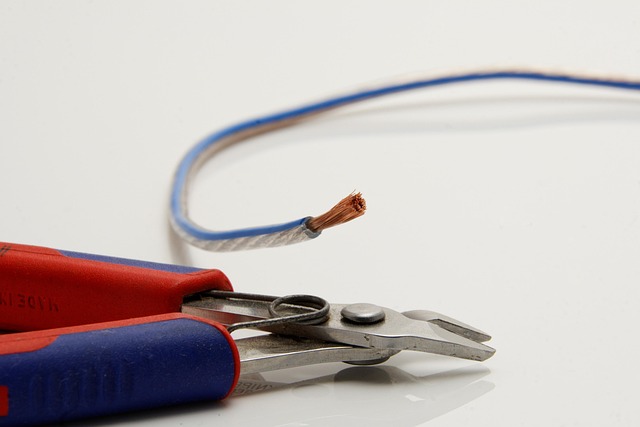
When it comes to color sanding and buffing, a range of issues can arise, often due to misapplication or using unsuitable techniques. Common problems include uneven sanding, visible swirl marks, orange peel texture, or a failure to achieve the desired shine level. For instance, improper preparation of the surface before sanding can lead to poor adhesion of the finish, resulting in blotchy color and unevenness. Using the wrong grit sandpaper for your specific needs might cause excessive material removal in some areas, creating an uneven surface.
In vehicle body repair, especially when dealing with car bodywork services or bumper repair, understanding these issues is key to achieving a flawless finish. The causes are multifaceted: incorrect pressure applied during buffing, using incompatible compounds or pads, or failure to follow the recommended sequence of sanding steps can all contribute. Identifying these problems early on and addressing them appropriately through the right tools and techniques is essential for achieving professional-grade results in both car bodywork services and general vehicle body repair.
Effective Troubleshooting Steps and Tips

When encountering challenges with color sanding and buffing, a systematic approach is key to effective troubleshooting. Start by identifying the specific issue; is it an uneven finish, visible sand marks, or color mismatch? Each problem requires tailored solutions. For instance, if you’re dealing with sand mark remnants, consider using finer grit sandpaper to smooth out the surface before re-buffing. Ensure your buffing pads are in good condition and compatible with the paint type, as outdated or incorrect pads can cause further damage.
Leverage professional techniques like wet sanding for a more controlled and precise outcome, especially when addressing complex car damage repair like auto dent repair. Remember, patience is paramount; allow sufficient time for each step to avoid rushed repairs that might lead to long-term issues. For the best results in automotive collision repair or car damage repair projects, maintain a clean workspace, use high-quality tools, and follow established safety protocols.
Color sanding and buffing are essential techniques for achieving a flawless, vibrant finish. By understanding the basics, identifying common issues, and implementing effective troubleshooting steps, you can easily overcome challenges associated with these processes. Remember that patience and practice are key to mastering color sanding and buffing, ensuring your projects turn out beautifully every time.

